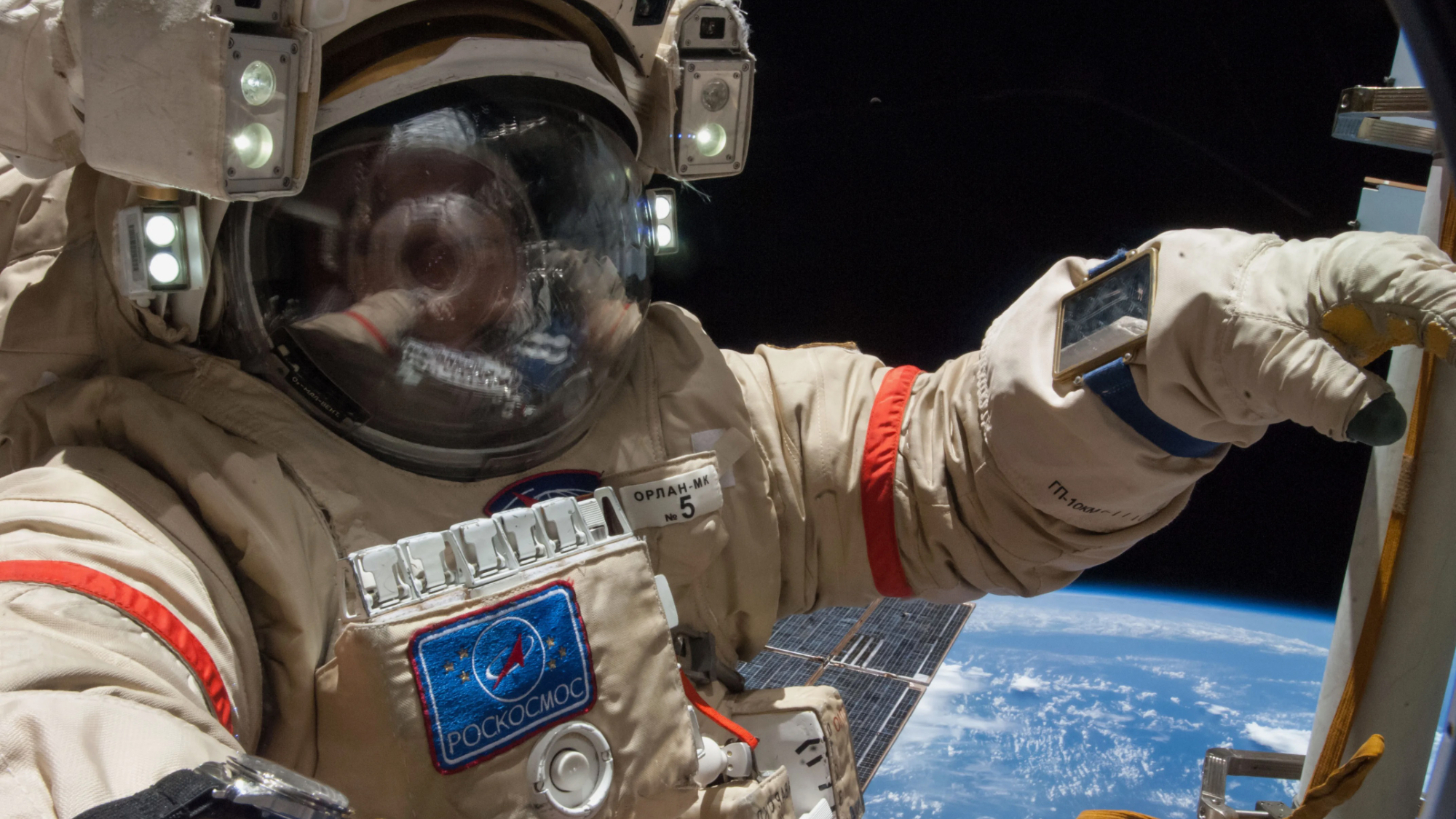Auroral Lights Discovered at Mars
Displays of colorful lights known as aurora occur on Mars,scientists announced today.
Terrestrial auroral displays, known alsoas the Northern Lights in the Northern Hemisphere, wow skywatchers routinely inparts of the far North. The glowing shows occasionally dip as farsouth as Texaswhen solar activity peaks.
Aurorasare createdwhen charged particles from the Sun interact with molecules and atoms in theatmosphere, creating a glow similar to neon lighting in terms of the scienceinvolved. The solar particles are funneled toward polarregions by Earth's strong magnetic field. Seen from space,the lights create bright rings around the poles. Each auroral oval is about1,860 miles (3,000 kilometers) in diameter.
The phenomenon on Mars is created in the same manner. ButMars has a much thinneratmosphere and only weakmagnetic fields, its internal dynamo having died out long ago. Remnants of martian magnetism exist in pocketsof rock, and that's where the new study focused.
"We have discovered the aurora exactly at the place ofmaximal magnetic field on the surface of Mars, as recorded previously by NASAMars Global Surveyor," said study leader Jean-Loup Bertaux of Service fromAeronomie at the CNRS in France. "It is small inhorizontal extent, about [19 miles] 30 kilometers."
Unlike Earth's mix of colors, which often bathethe sky in reds and greens, auroras on Mars would likely be faint and blueif seen by an astronaut on the surface, Bertaux told SPACE.com.
"He would see a pillar of light, as on Earth, butpossibly weaker," Bertaux said.
Breaking space news, the latest updates on rocket launches, skywatching events and more!
The observations were made with the European Space Agency'sorbiting Mars Express satellite. No conventional images were produced. Thefindings are detailed in the June 9 issue of the journal Nature.
Previous studies have found auroral displays on Saturn,Jupiter.On those planets, the process is affected by magnetic activity similar to theearthly variety.
Aurora fromthe Space Station
Join our Space Forums to keep talking space on the latest missions, night sky and more! And if you have a news tip, correction or comment, let us know at: community@space.com.

Rob has been producing internet content since the mid-1990s. He was a writer, editor and Director of Site Operations at Space.com starting in 1999. He served as Managing Editor of LiveScience since its launch in 2004. He then oversaw news operations for the Space.com's then-parent company TechMediaNetwork's growing suite of technology, science and business news sites. Prior to joining the company, Rob was an editor at The Star-Ledger in New Jersey. He has a journalism degree from Humboldt State University in California, is an author and also writes for Medium.
